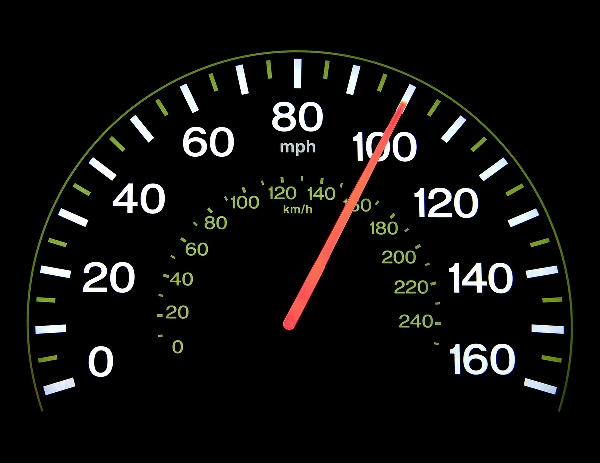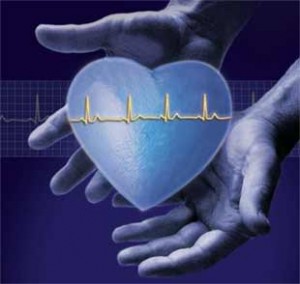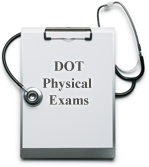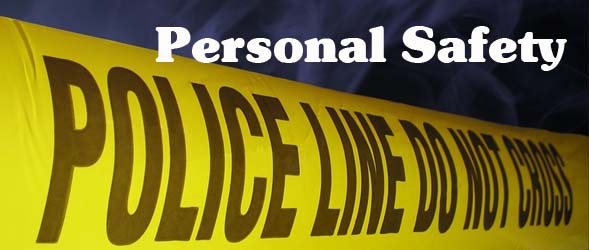Your employees may be at risk of health hazards if their jobs include exposure to chemicals. Substances that can harm your workers include fumes, gases, liquids, solids, dust, vapors and corrosives. Whether your employees are at risk of ingesting the substance, inhaling it or absorbing it through the skin, you have a responsibility to ensure the risks are minimized. These types of hazards can be in any type of business you run, from manufacturing to retail.
Fire
Fire is a risk for your business, no matter what type of company you are running. The Seattle Fire Department Fire Prevention Division estimates 70,000 to 80,000 fires occur in businesses in the U.S. each year. Knowing where your fire extinguishers are, holding fire drills and informing employees of your emergency escape routes can ensure safety.
Repetitive Use Injury
When your employees repeat the same actions throughout the day, such as typing or rolling dough, or washing windows, they are at risk of repetitive use injury. The parts of the body that suffer from repetitive use are the back, shoulders, forearms, wrists and hands. Ensuring adequate breaks from job duties can reduce the risk of injury.
Electrical Hazards
People who work directly with electricity, including electricians and engineers, are at risk of injury; personnel who work with electrical equipment in the office are also at risk of injury. Even an office worker making a fix with power tools outdoors can sustain electrical injury during adverse weather. You can minimize the risk of injuries by using one extension cord or power strip per connection, keeping liquids clear of electrical equipment and conducting regular safety examinations.
Accidental Falls and Falling Objects
If your employees work at elevated heights, they may be at risk of accidental falls. Anytime objects are stored at or above head level, there is a risk of injury caused by falling objects. Wearing safety gear including a hard hat or harness, and installing guardrails or a safety net can reduce the risk of injury. Instruct employees on the safe use of equipment.


![stress-management-for-kids[1]](http://www.riskmanagement365.com/wp-content/uploads/2012/09/stress-management-for-kids1.jpg?w=100)






